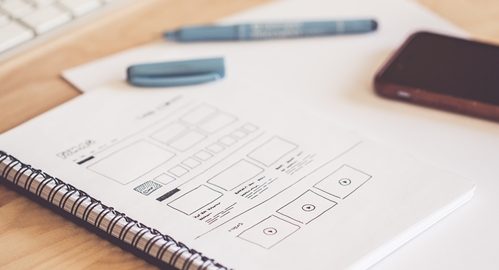Your small business's website is ground zero for teaching new visitors who you are and what you do. It may also be where customers actually purchase your goods and services. With so much riding on this series of URLs, you want to make sure you design it with care and intention. With that in mind, here are some tips for developing an effective website:
Consider User Experience
The best websites make good use of prime real estate, meaning the most important information is located in the spots your eyes naturally want to linger. Effective sites are also intuitive, simple and easy to navigate. Ideally, visitors will have no problem figuring out where to go to find the information they want. To aid in this, you should limit the number of landing pages to the ones necessary, so as not to clog up your menus.
Think about how you navigate a website you've never gone to before, and make note of the things you like or dislike. You can use that experience when designing your website. What's more, you can consult with web designers to further ensure your pages are user-friendly.
Incorporate Strong SEO
Search engine optimization isn't just for content marketing; it's also for your website. Using clean URLs, adding keywords to your landing pages, updating metadata and selecting tags all help search engines spot your website. In fact, these elements are essential for creating a modern and effective site. If you're not sure what SEO elements your site should have, consider seeking the help of a specialist. Otherwise, brush up on your SEO before building your site or writing landing pages.
Call Users to Action
Calls to action are sentences or phrases that prompt visitors to move on to the next step on your website, which is, in most cases, filling out a contact form. CTAs are imperative for effective design because they ensure visitors have clear paths and access to the information they need. You can build a CTA map that leads from one page to the next. For instance, on your "About the Product" page, you might include a link or button that says "For packaging details, check out our pricing guide." Or, on the price page, you might say "To find the best option for your business, contact us." Make sure to link on your phrases.
Maintain Your Brand Identity
Because your website is an easy-to-find representation of your brand, it should maintain a consistent image and voice that targets a specific audience. The language and design you use must be simple and clear so visitors know what they're getting into. If you try to please everyone, it'll be more difficult to discern what your message is and who you're trying to target.
As your small business grows and changes, make sure your site changes with it. The website should always be current so visitors have the latest info about your brand and product or service.

